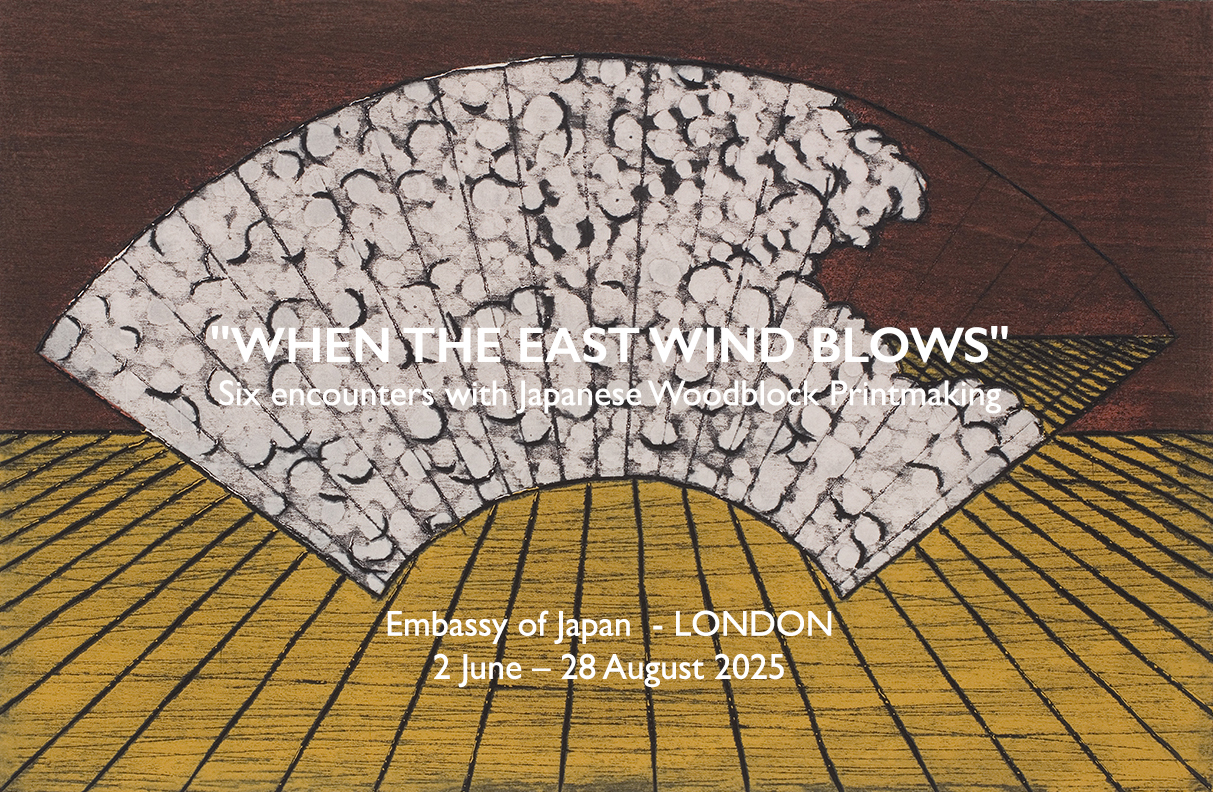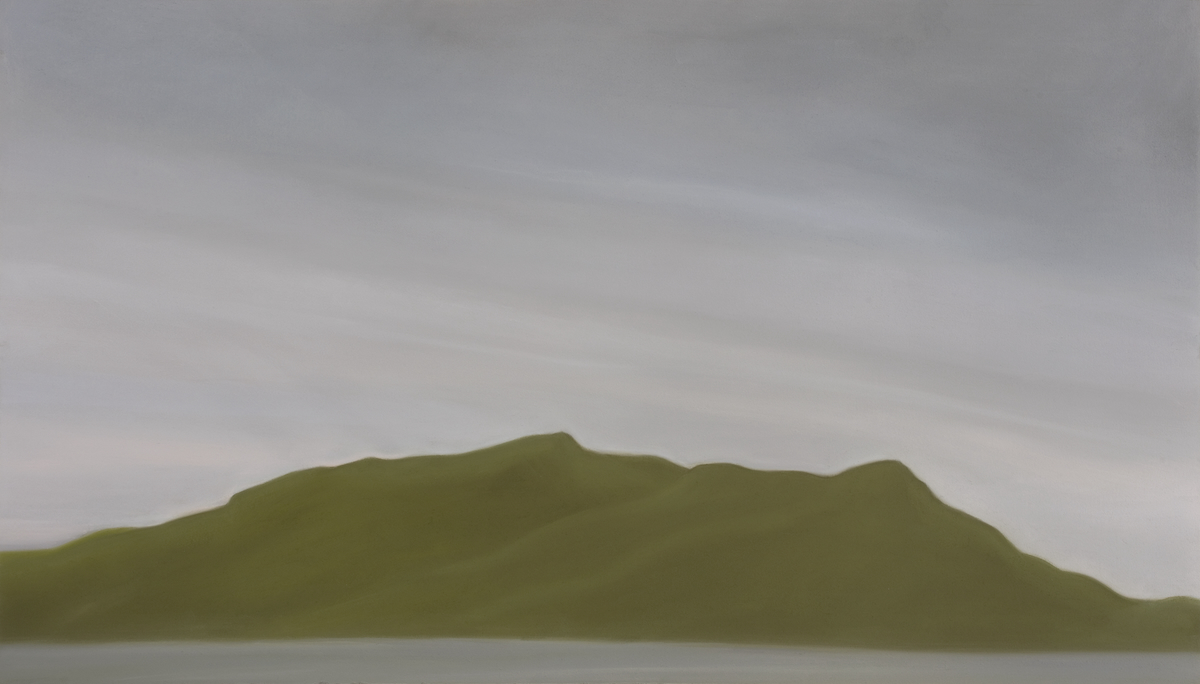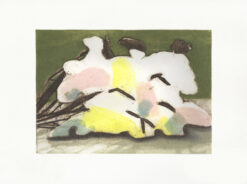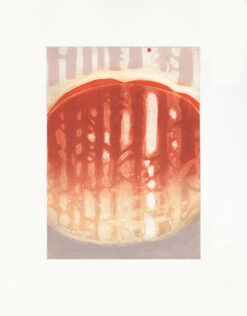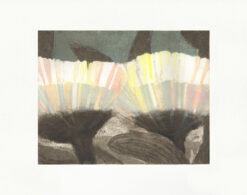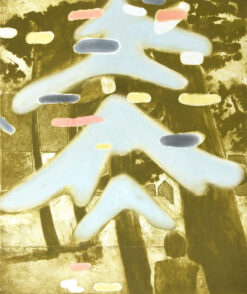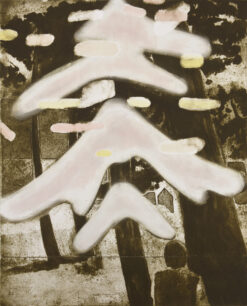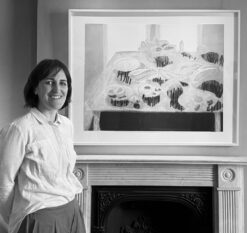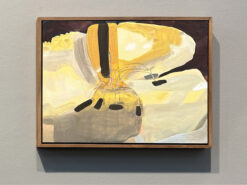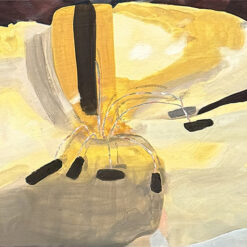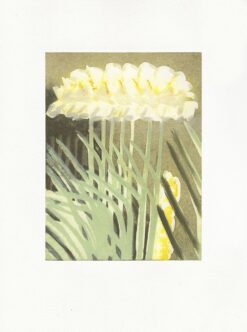Exhibitions, News
Exhibition: ‘When the East Wind Blows’ Japanese Woodblock Printmaking
EXHIBITION
‘WHEN THE EAST WIND BLOWS’
Six encounters with Japanese Woodblock Printmaking
Prudence Ainslie, Sara Lee, Paul Furneaux RSA, Rebecca Salter PRA, Nana Shiomi and Katsutoshi Yuasa.
2 June – 28 August 2025
Exhibition Location
Embassy of Japan, 101-104 Piccadilly London W1J 7JT.
Embassy of Japan, Senior Coordinator of Cultural Affairs – Mark McEvoy
Curator – Meryl Ainslie, Director, Rabley Gallery
Curator – Nana Shiomi, Artist
Collaborator – Hobby Limon, Director Tag Fine Arts
ENQUIRIES
E [email protected]
T 07967545136
“When the east wind blows,
let it send the scent
of plum blossoms!
Although your master is gone,
do not forget spring”
Sugawara Michizane Circa 1003.
When the East Wind Blows showcases six artists influenced by the splendour of Japanese woodblock printmaking: Prudence Ainslie, Sara Lee, Paul Furneaux RSA, Rebecca Salter PRA, Nana Shiomi and Katsutoshi Yuasa. Each artist reveals their journey in an exhibition of fine art prints that offer a unique and contemporary rendering originated in Ukiyo-e, the traditional method of printmaking dating from the Edo Period (1615-1868) in Japan. A subtle intensity characterises the surface of these Japanese woodblock prints. The coloured pigment is absorbed into the fine handmade paper, creating an illusion of the image seeping through its depths. Each print is crafted from numerous hand-cut blocks, burnishing the paper onto the surface of the inked woodblock with the rhythmic circular motions of a baren (pad of bamboo). This process is often repeated many times to build the final image.
Enquiries: T: +44 (0)7967545136. E: [email protected]
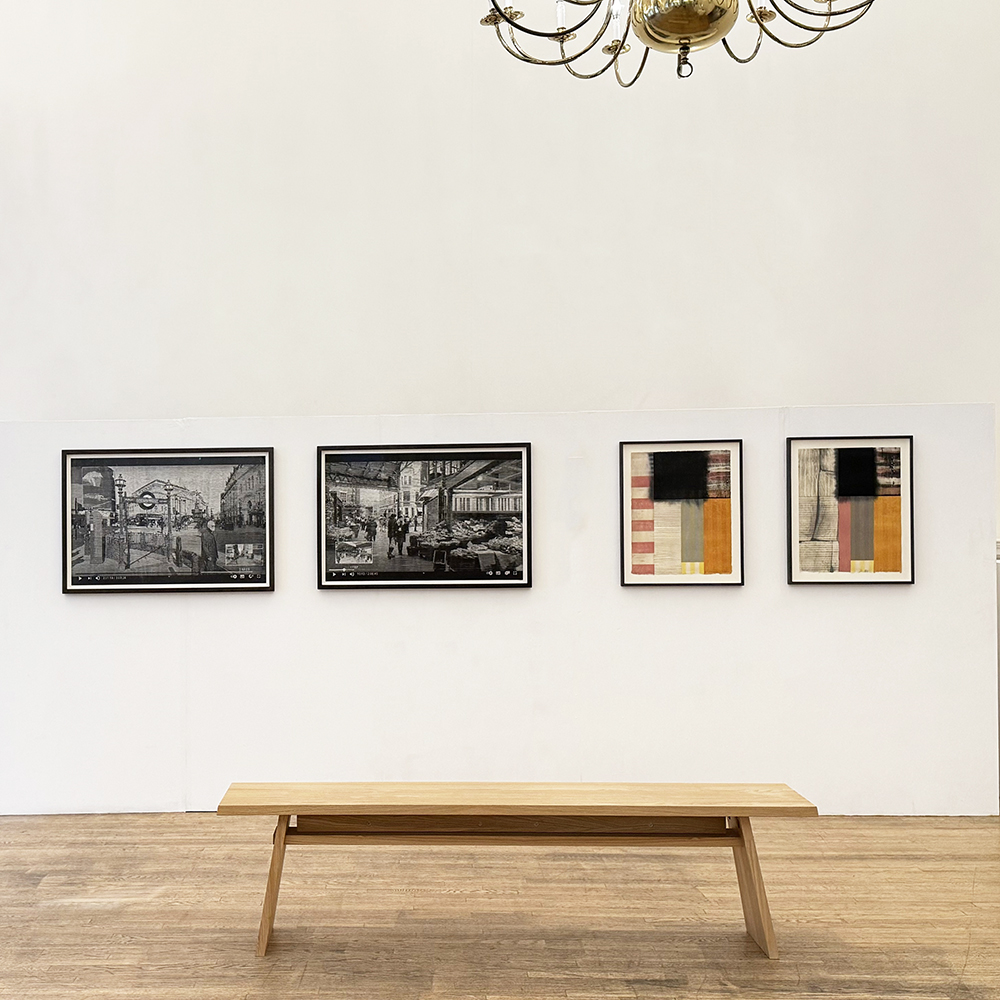
Image: “When the East WInd Blows Exhibition install at the Embassy of Japan London, with the work of and Katsutoshi Yuasa and Paul Furneaux
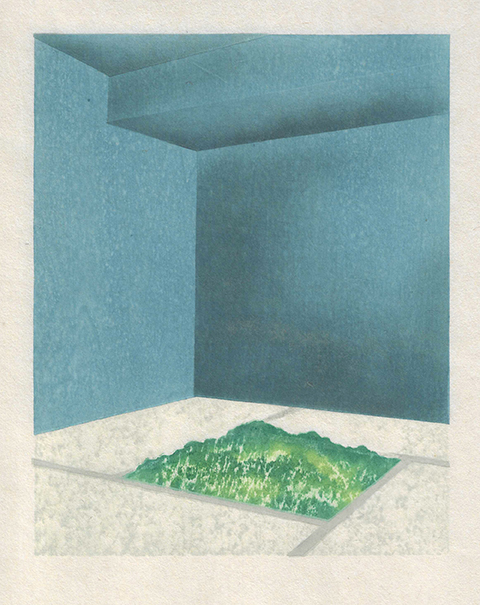
PRUDENCE AINSLIE, IRORI – SHINRIN
(sunken hearth forest), 2022,
32cm x 26 cm, Edition 10
PRUDENCE AINSLIE
“Each body of work I create is typically underpinned by the exploration of a new place—creating imagery that interprets the experience of being in an unfamiliar environment. So, it made sense that during the residency, I would be influenced by more than just the technique I was learning. During my time in Lake tranquillity Kawaguchi, I was struck by the of the landscape and wanted to capture the stillness it brought to my life at the time. In the IRORI series, I reimagine a traditional Japanese living space, creating enclosed environments where the area typically reserved for the hearth becomes a window into the outside world.”
Prudence Ainslie is primarily a printmaker whose practice focuses on documenting place as a means of reworking multiple — analysing the act of seeing. The viewing experience is absorbed through process – re media by folding, layering, and abstracting to create subtle illusions and construct tangible worlds that allude to the original space. Her work interrogates the fluctuation between the two – dimensional and the three dimensional, inviting viewers to question perception and spatial understanding. Prudence Ainslie recently studied in Japan on the MI-LAB Lake Kawaguchi Artist-in-Residence Mokuhanga residency in April 2022.
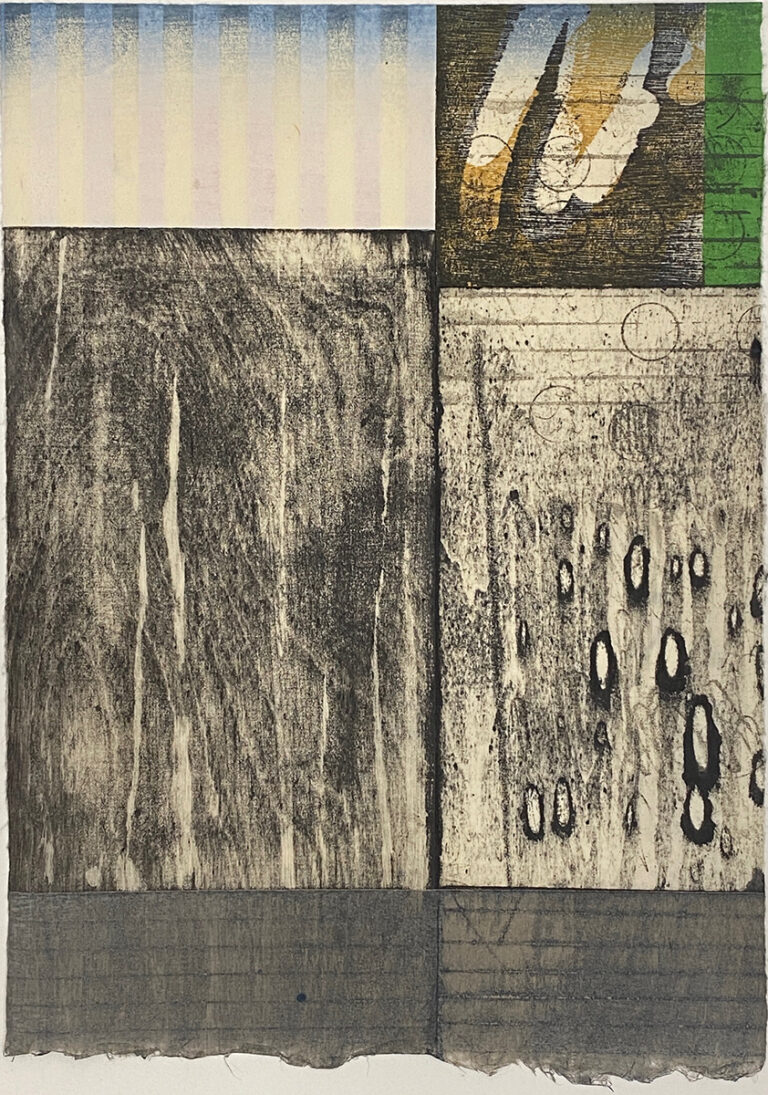
PAUL FURNEAUX RSA, Rain Salutation: Green, 2025
Mokuhanga and Etching, 38 x 28cm, Edition 20
PAUL FURNEAUX RSA
Paul Furneaux recently embarked on a long walk, the Shikoku Pilgrimage of 88 Temples. The meditative practice of walking is familiar to Japanese culture “This practice cultivates concentration and calms restlessness while training the mind to observe The sensations experienced while walking—such as the contact of the feet, the rise and fall of the body, or environmental sounds are observed as fleeting and insubstantial. Walking meditation thus becomes a tool for observing the arising and passing of phenomena, leading to direct insight into the nature of reality”
During his time in Tokyo, Furneaux developed his interest in the Mokuhanga printmaking technique which has underwritten his practice ever since. Furneaux has been the recipient of numerous prestigious awards including the RSA Salvesen Scholarship, the RSA Gillies Bequest Award and the Hope Scott Trust Award. The simplified and abstracted language of the mokuhanga technique, wherein hand printing and resin coating creates details of mottling, speckling and elements of chance.
Paul Furneaux was born in Ellon, Aberdeenshire, in 1962 and studied Drawing and Painting at Edinburgh College of Art (1982-1987). Winning the Monbusho Scholarship in 1996, Furneaux was able to begin comprehensive research into the art of woodblock printing and undertook a Masters degree in the subject at Tama Art University, Tokyo (1998-2000).
In 2006 he was elected a Member of the Royal Scottish Academy.
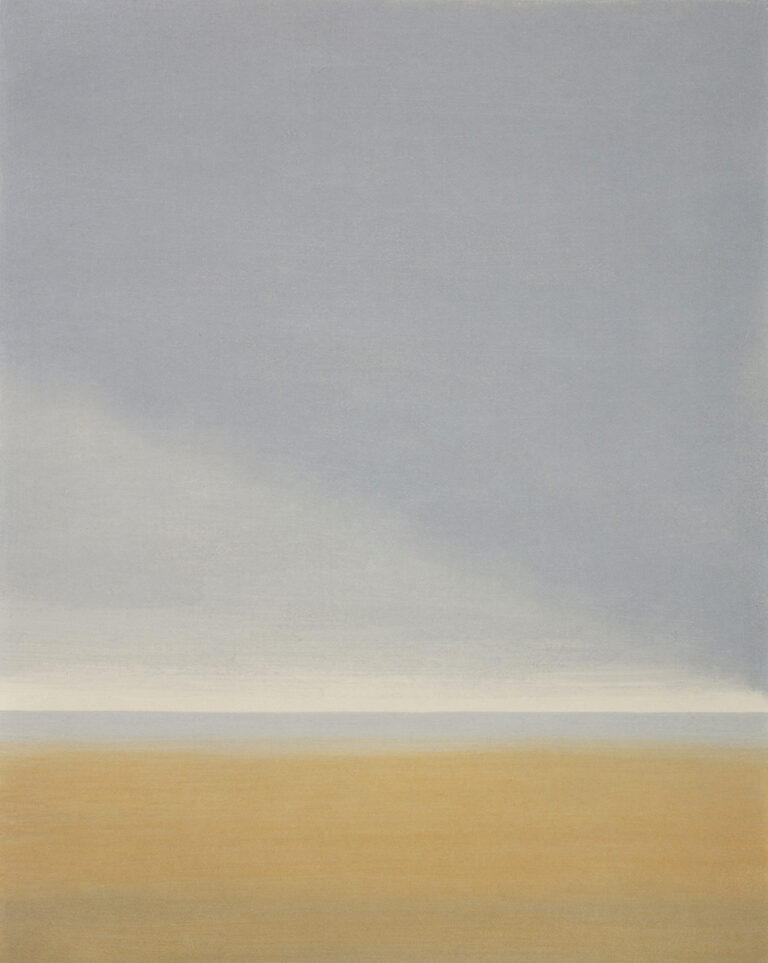
SARA LEE, Abate, 2020
45 x 35 cm, Shioji handmade paper, Edition 25
SARA LEE
This series of prints depict unusual light across landscape, where both the colour and form is abstracted. They are made using techniques borrowed from the Mokuhanga method and hand-printed with gouache on to Shioji paper. Unusually for Japanese woodcut, most areas of colour are painted directly onto the block with a painterly approach using a drawn line as a guide and only one carved block.
“Walking alone is an absolutely critical part of my artistic practice and I am currently walking and working along the 100 mile South Downs Way in England. I am drawn to the concept of being within a landscape and spending time with it, rather than having a destination to reach.Making imagery about our environment.”
Sara Lee’s images are a response to the ephemeral nature of landscape and our profound relationship with it. The expanse of the landscape has no bearing to assess distance. Each is a desert of infinity where one is pulled into the nuance of surface. Lee predominantly works with drawing and print, including pastel and woodblock in the ukiyo-e tradition.
Born in Wales in 1956, Sara Lee studied Fine Art at Ravensbourne and Print at Central School of Art. She lives and works in London. She was co- founder of Print Centre Publications, Selected Collections UK; Victoria and Albert Museum, London: Golder-Thompson Collection; Swindon Museum and Gallery Collection; Otter Gallery, University of Chichester Collection; Pallant House Gallery, Chichester, International: United Therapeutics Art Collection, USA; Tama Univ. Collection, Tokyo, Japan.
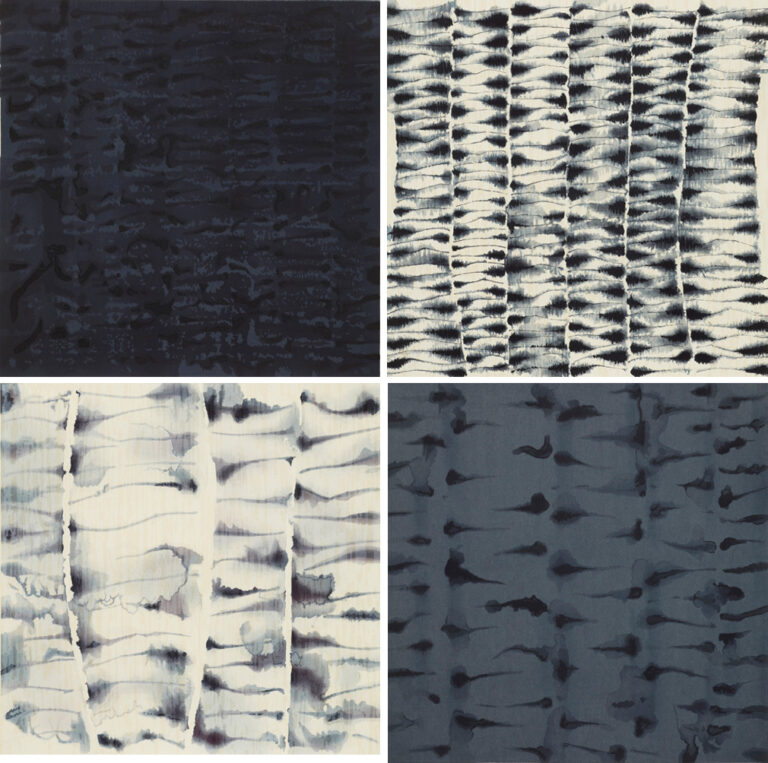
REBECCA SALTER PRA, Quadra 1,2,3,4,(Series of 4 Prints), 2010
Japanese Woodcut on torinoko pape, 30 x 30 cms, Edition 30
REBECCA SALTER PRA
Rebecca Salter PRA studied Japanese woodblock printmaking during the six years she spent living in Japan. Her prints are made using Japanese techniques, reflecting the ukiyo-e tradition, In addition to hand-printing in her studio, Salter has a close relationship with the Sato Woodblock Workshop in Kyoto, Japan and has commissioned them to work with her on several of her multiple block and complex limited-edition woodcut series including Quadra and Celeste. The “Sato Workshop” in Kyoto is best known for its expertise in traditional Japanese woodblock printing, a craft passed down through generations. With exceptional skill in both wood-cutting and traditional Japanese printing, the workshop translates the artists watercolours into multiple block mokuhanga prints.
Rebecca Salter is attracted to the visual sophistication of Japanese prints; the flat colour, the bold, cropped compositions and, above all, the fluidity of the lines are all evident influences on her minimal, abstract works on paper, print and painting.
Salter lived and worked in Japan from 1981 to 1985 and before that was a research student at Kyoto City University of Arts, Japan, as part of her Leverhulme Scholarship.
Rebecca Salter was elected as a Royal Academician (RA), 2014, Keeper of the Royal Academy Schools in (2017 _2019) and is currently the first woman President of the Royal Academy of Arts (2019 -)
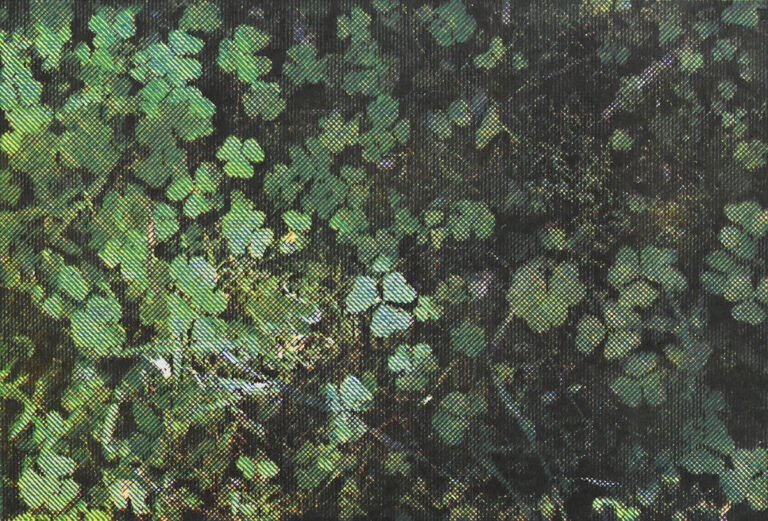
KATSUTOSHI YUASA, CMYK #3, 2016
30.00 x 44.00cm, Edition 10
Courtesy of Tag Fine Arts
KATSUTOSHI YUASA
“For me, making Mokuhanga is a resistance to time. In an age when we can watch images and videos anytime, anywhere on our smartphones and everyone can be an image-maker, we have been deprive of time to think. We watch the video recommendations suggested by the algorithm, buy the recommended products, press the ‘like’ button on the automatically modified photos and are satisfied with the text written by ChatGPT. Mokuhanga is a highly inefficient technique in such a world. However, I believe that taking the time to look and think over time is crucial for the future relationship between humans and nature.”
Katsutoshi Yuasa makes woodcut prints from his own digital photographs. By combining two processes – the camera’s ‘snapshot’ and the woodcut’s lengthy reinterpretation of the same image – he hopes to crystallise the atmospheric and emotional character of his subjects. His pieces take weeks to complete, transforming his ephemeral subjects into haunting images, as beautiful up close as from a distance.
Since graduating from RCA in 2006, Yuasa has undertaken multiple international residencies. His first London solo exhibition was held in 2009 at The Daiwa Foundation, Japan House in collaboration with TAG Fine Arts. In 2010, his work was selected for inclusion in Paul Coldwell’s book, ‘Printmaking: A Contemporary Perspective,’ published by Black Dog Books and in 2011 he won the RA Summer Exhibition Towry Print Prize and the Northern Print Prize.Yuasa Lives and works in Japan.
Katsutoshi Yuasa is exhibited courtesy of Tag Fine Arts, London.
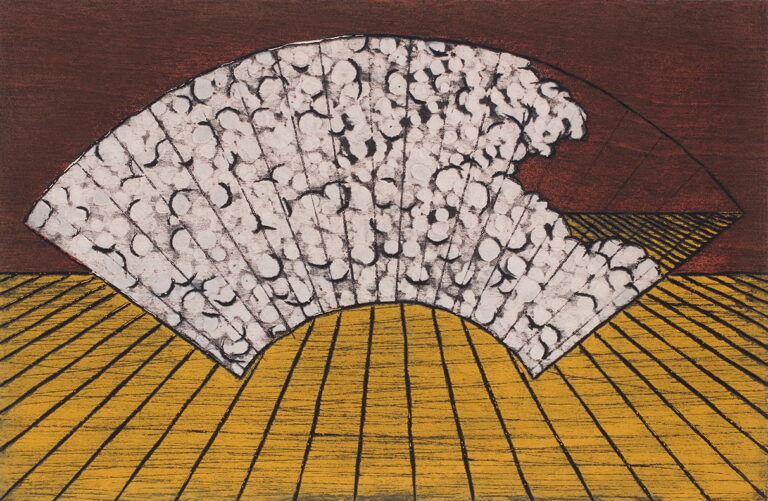
NANA SHIOMI, A Fan with a View, 2025
Japanese Woodcut, 38 x 28 cms, Edition of 25
NANA SHIOMI
Nana Shiomi’s many images and print series are anchored by the repeated representation of an ochre stage. This platform of receding linear space with a wood-grained red backdrop offers up a view of an icon, or symbol of an idea. She creates her work from the truth of things and the world’s wonders–nature, science, literature, and reflections on her own life as an artist. Her woodcut prints combine relief and intaglio water-based printmaking, rooted in the traditional Japanese ukiyo-e process. She prints by hand using a Baren, with the addition of her own experimental printing techniques and tools.
A Fan with a View –“Once a year, when spring arrives, the cherry blossoms are in full bloom. We are also fascinated by the grace with which they disperse. This natural process has been repeated for thousands of years as the seasons change. But this year’s flowers and next year’s blooms are different things. This year’s flowers will never return for this year only. This one-time nature makes flowers beautiful and fleeting, just like our lives. Here is a fan with a cherry blossom view. You can see the view whenever you open the fan. How lucky it is!”
Shiomi studied at Tama Art University in Tokyo before moving to London in 1989, where she studied at the Royal College of Art. A fellow of the Royal Society of Painter-Printmakers since 2008, her work is held in public collections including: (UK) The Victoria & Albert Museum, London; British Museum, London; Embassy of Japan, London; Pallant House Gallery, Chichester; Ashmolean Museum, Oxford; Oriental Museum, Durham University; Brunel University, Birmingham; (USA) Bronx Museum of the Arts, NYC; Johnson Museum of Art, Cornell University, New York; (PL) National Museum, Gdansk; (JPN) MOMA, Wakayama; Tama Art University, Tokyo.
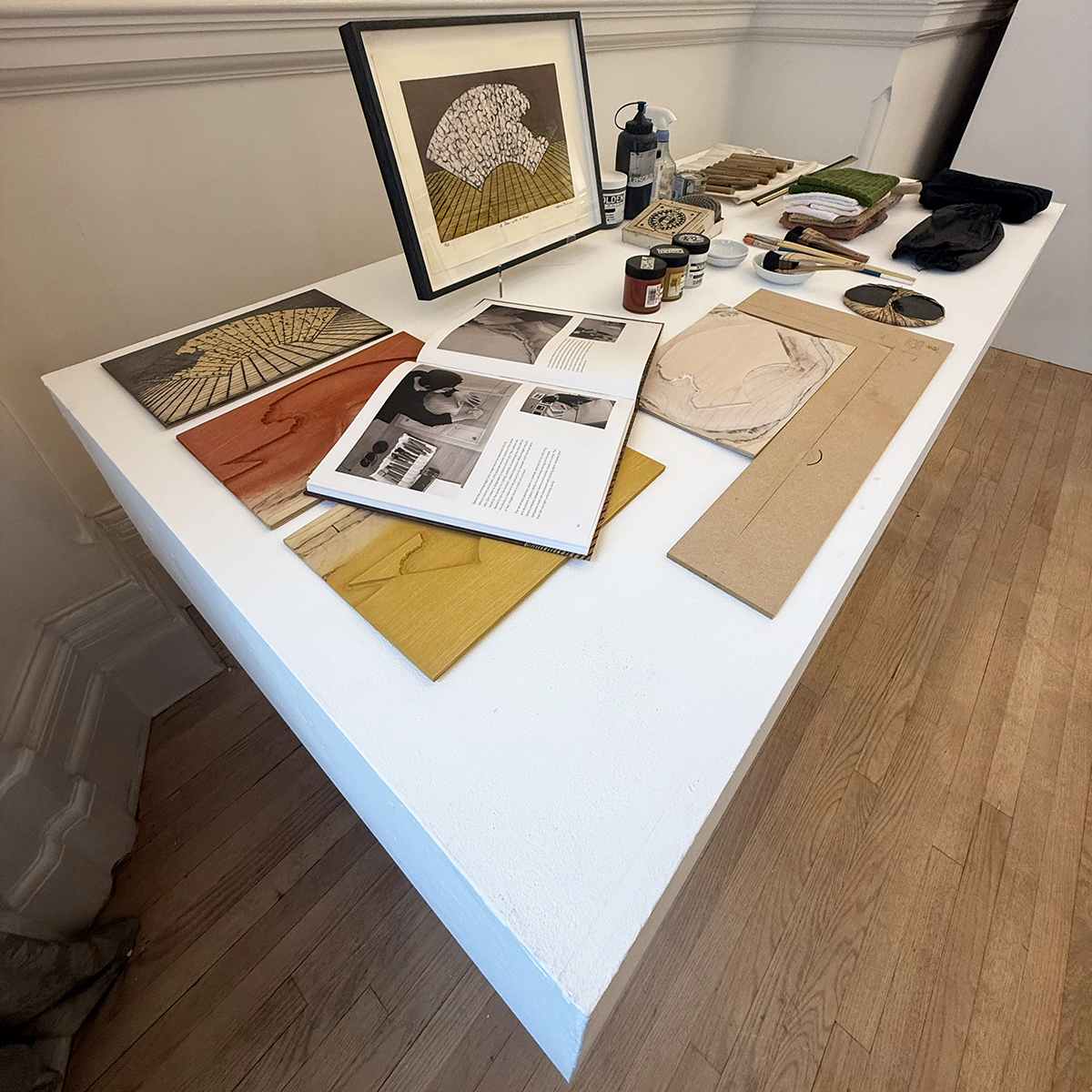
Nana Shiomi studio table – Exhibition ‘When the East Wind Blows, Embassy of Japan
RABLEY GALLERY
LONDON + WILTSHIRE
Viewings by appointment only
T +44 (0)7967545136

